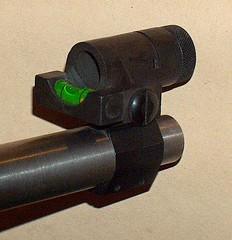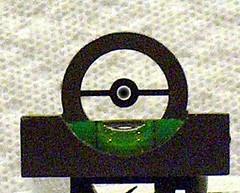Ok, I am new to long range shooting. I have been hunting for years with a .270 bolt gun but never had a shot at more than 150yds. In the past year I purchased my first GAP rifle, the Rock model in .308Win. It will shoot under an inch at 200yds, even with me behind the trigger! What an amazing rifle.
My question is this, in the field, what does a bubble level do for you other than the obvious, keep your reticle level? Maybe the better question is what are the adverse effects of a canted reticle?
I am wanting to try long range hunting but even at that I can't see myself hunting beyond 400yds, I'm just not that good.
Thanks in advance.
My question is this, in the field, what does a bubble level do for you other than the obvious, keep your reticle level? Maybe the better question is what are the adverse effects of a canted reticle?
I am wanting to try long range hunting but even at that I can't see myself hunting beyond 400yds, I'm just not that good.
Thanks in advance.



